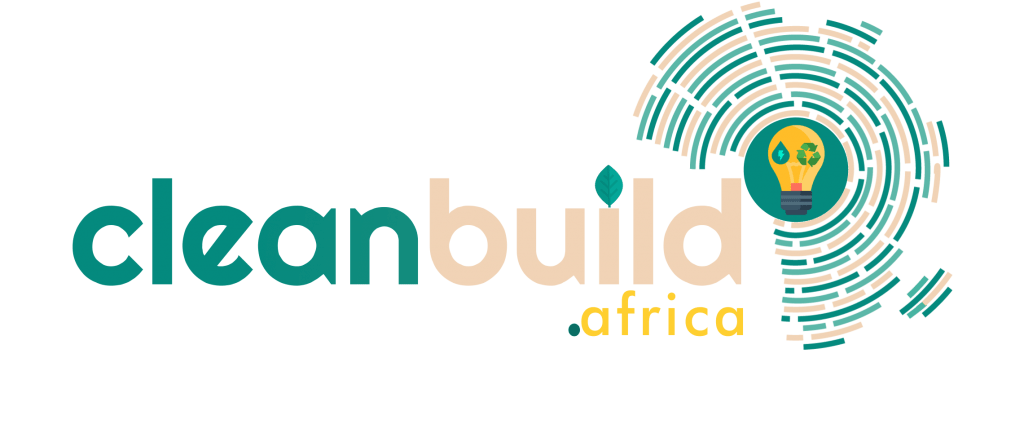Across the globe, governments are putting in an unprecedented amount of fiscal to stabilize and rebuild their economies due to the Covid-19 pandemic. Yet, only about 2% of this spending has been allocated to clean energy measures, according to a new analysis from the International Energy Agency (IEA).
Recovery plans are at risk of failure given that the monies generated worldwide fall well short of what is needed to achieve international climate goals.
These shortfalls are particularly pronounced in emerging and developing economies, many of which face particular financing challenges.
Governments are not “putting their money where their mouth is”
With the governments’ current recovery spending plans, the IEA’s new Sustainable Recovery Tracker projects that global carbon dioxide (CO2) emissions are set to climb to record levels in 2023 and continue rising in the following years.
If this prediction comes true, the world will veer further from its ambitious net-zero emission by 2050 plan as set out in the recent Global Roadmap to Net-Zero.
The launched the Sustainable Recovery Tracker as a tool designed to help policymakers assess how far recovery plans are moving the needle on climate.
The new online tool will contribute to the G20 Ministerial Meeting on Environment, Climate and Energy in Naples, set to hold on 22 and 23 July under the Presidency of Italy.
As to the function it performs, the Tracker monitors government spending allocated to sustainable recoveries; estimates how much this spending boosts overall clean energy investment; and assesses how this affects the trajectory of global CO2 emissions.
The Tracker also considers over 800 national sustainable recovery policies in its analysis, which can be assessed on the IEA’s official website.
“Since the Covid-19 crisis erupted, many governments may have talked about the importance of building back better for a cleaner future, but many of them are yet to put their money where their mouth is.
Despite increased climate ambitions, the amount of economic recovery funds being spent on clean energy is just a small sliver of the total,” said Fatih Birol, the IEA Executive Director.
Is clean energy not being prioritized enough?
Governments have mobilized USD 16 trillion in fiscal support throughout the Covid-19 pandemic, most of which is focused on emergency financial relief for households and firms. Only 2% of the total is earmarked for clean energy transitions.
In the early phases of the pandemic, the IEA published the Sustainable Recovery Plan, recommending that USD 1 trillion should be spent globally on clean energy measures that could feature prominently in recovery plans.
The plan, developed in collaboration with the International Monetary Fund, is to ensure that the spending boosts global economic growth, creates millions of jobs, and puts the world on track to meet the Paris Agreement goals.
According to the Tracker, all the key sectors highlighted in the IEA Sustainable Recovery Plan are receiving inadequate attention from policymakers. Current government plans would only increase total public and private spending on clean energy to around USD 350 billion a year by 2023 – only 35% of what is envisaged in the Plan.
The Tracker reveals the stark geographic disparities that are emerging in clean energy investment. On the one hand, the majority of funds are being mobilized in advanced economies, which are nearing 60% of the investment levels envisaged in the Sustainable Recovery Plan.
On the other hand, emerging and developing economies are struggling, because of limited fiscal leeway, and so far have mobilized only about 20% of the recommended spending levels.
Commenting on this, Birol said, “Not only is clean energy investment still far from what’s needed to put the world on a path to reaching net-zero emissions by mid-century, but it’s also not even enough to prevent global emissions from surging to a new record.”
According to him, many countries, especially those with the greatest needs are missing out on the benefits that well-planned clean energy investment brings such as stronger economic growth, new jobs, and the development of the energy industries of the future.
“Governments need to increase spending and policy action rapidly to meet the commitments they made in Paris in 2015 – including the vital provision of financing by advanced economies to the developed world,” Birol stated.
Even more important, he stressed that governments must take the lead in driving clean energy investment and deployment to much greater heights beyond the recovery period. Why?
He added, “in order to shift the world onto a pathway to net-zero emissions by 2050, which is narrow but still achievable – if we act now.”
Download the full report here.

































